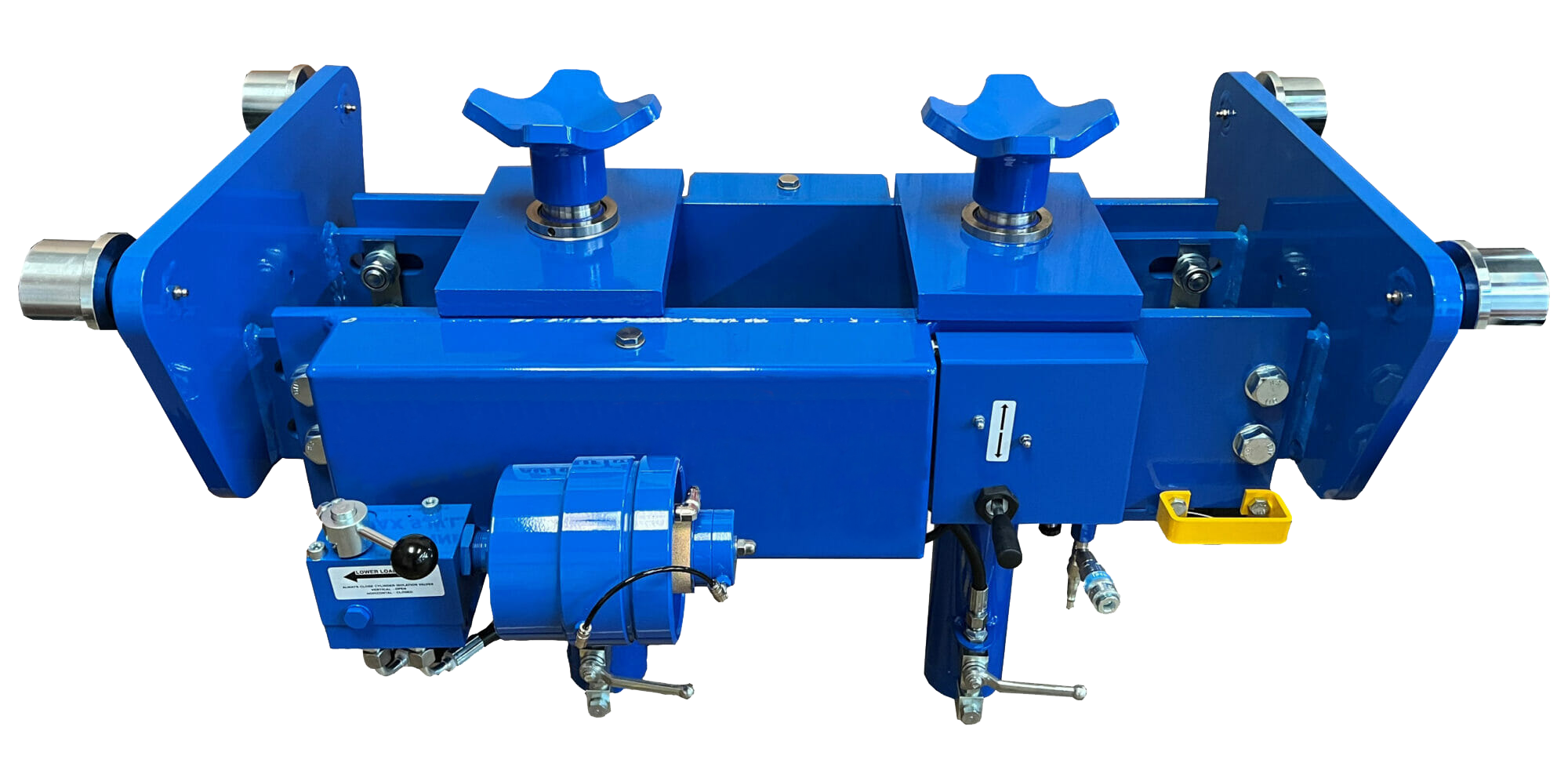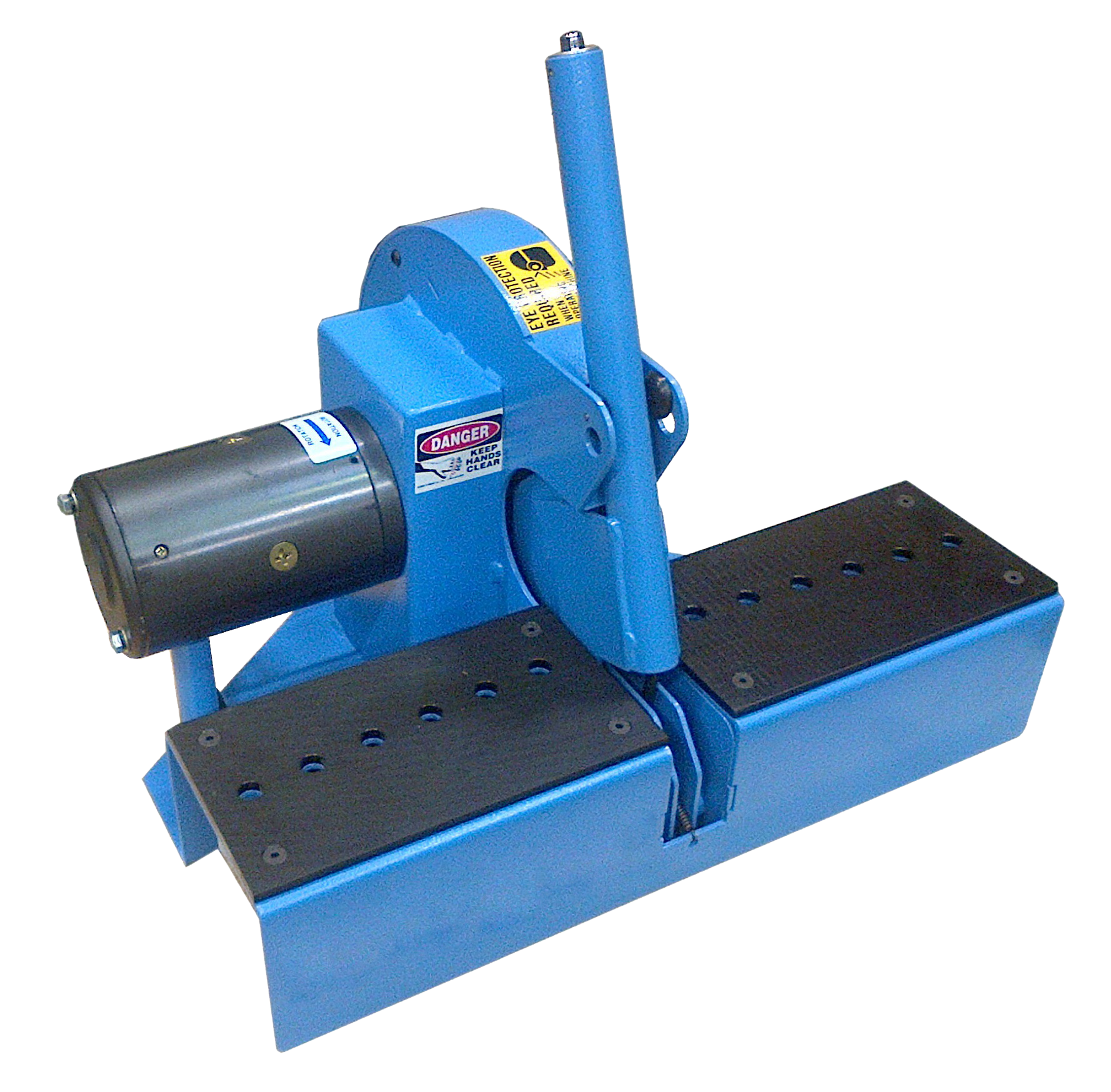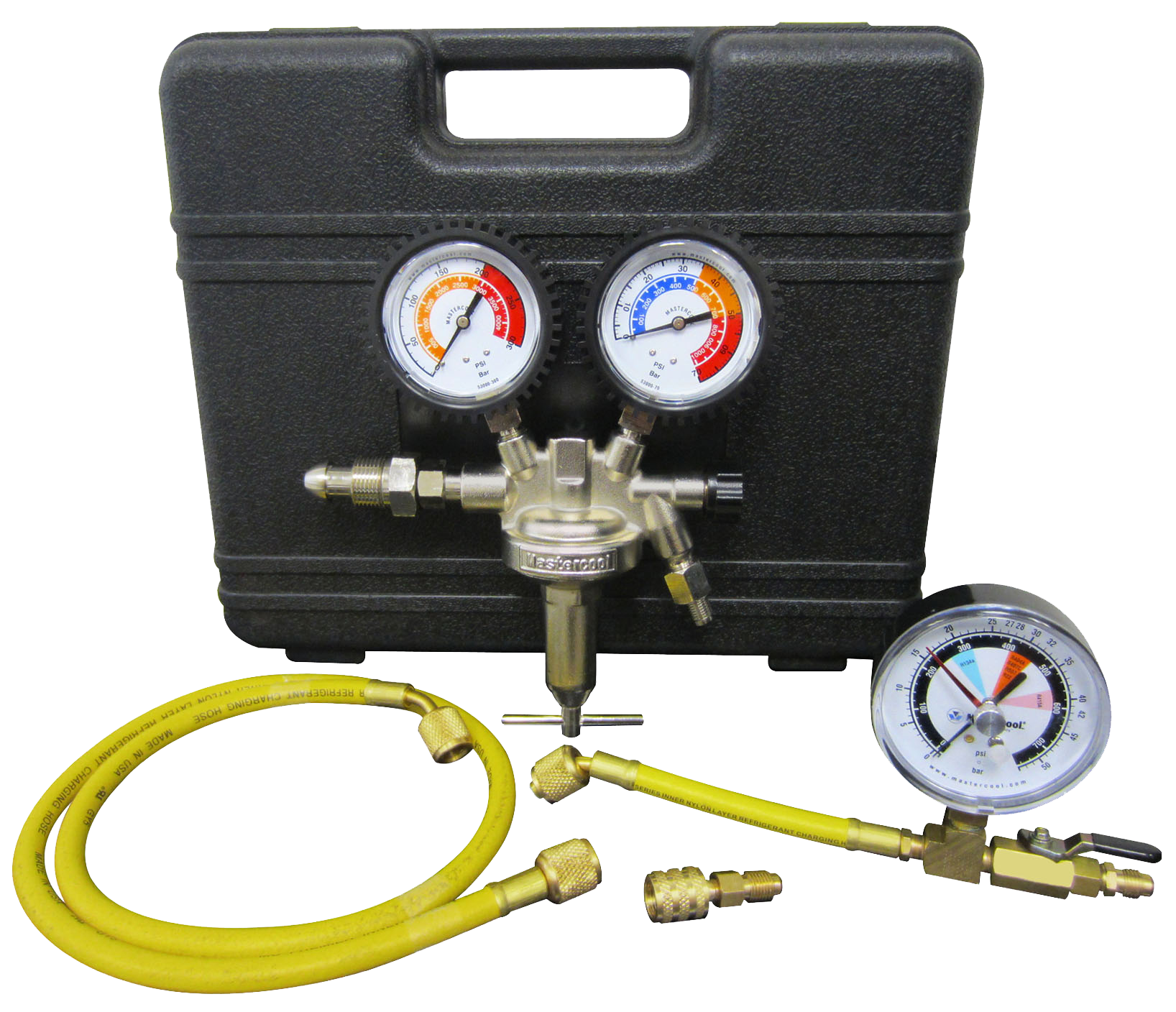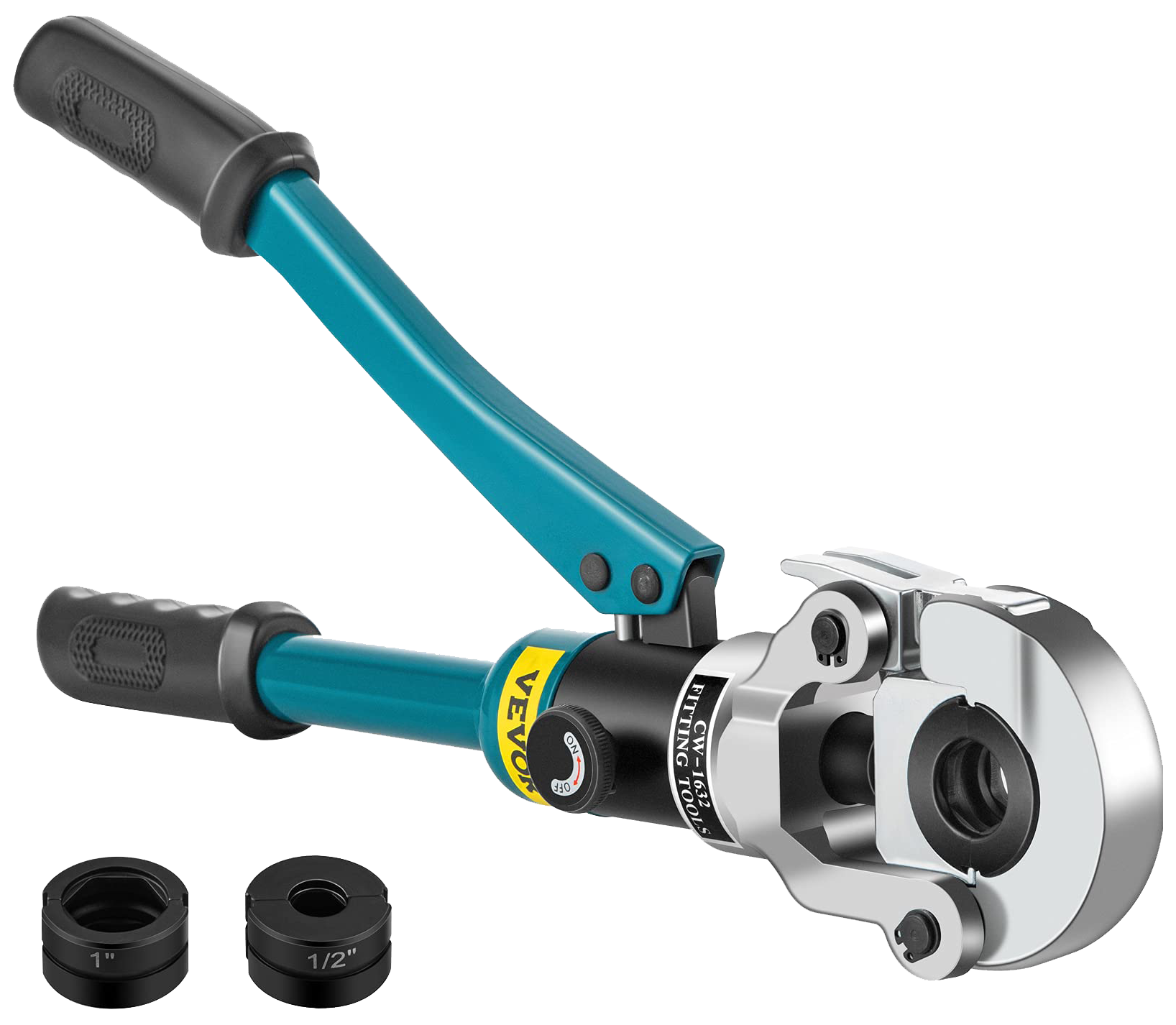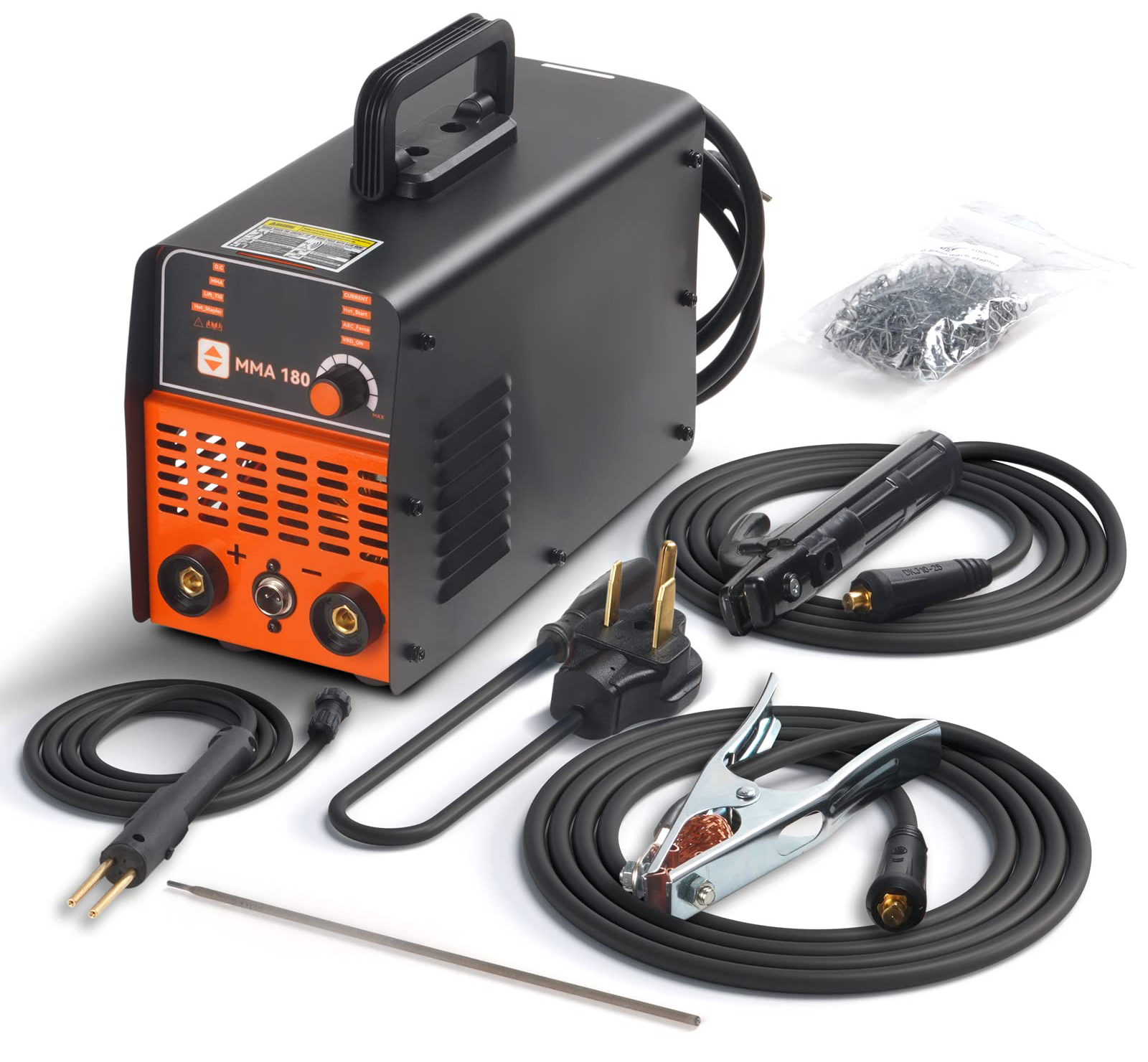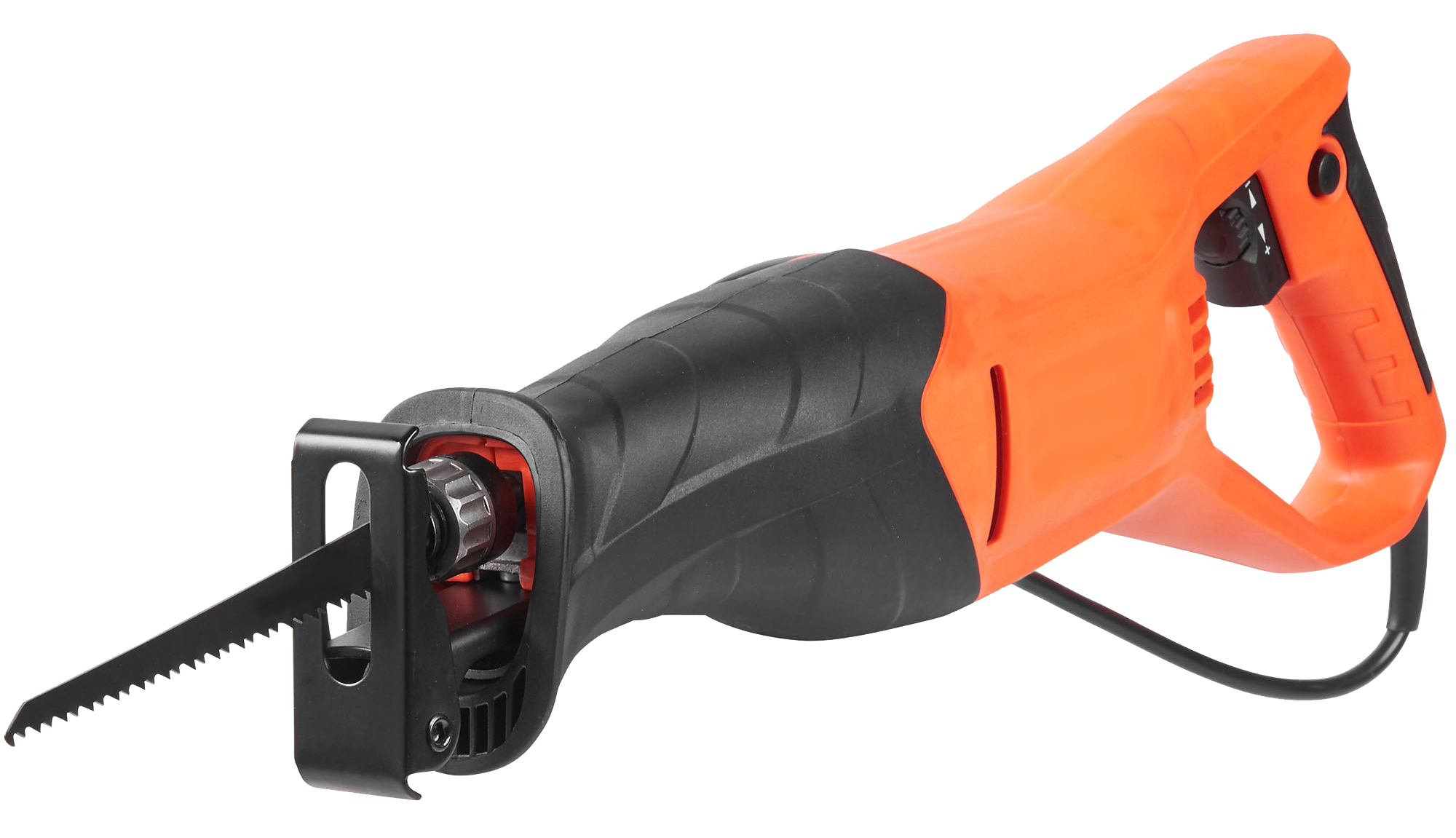Introduction to Pit Jacks
Pit jacks are a must-have for any automotive service pit, making tasks like tire rotation, brake inspections, and exhaust repairs faster and safer. Designed for precision and heavy lifting, they provide stable support for accessing a vehicle's undercarriage. With durable construction and features like built-in locks and stabilizers, pit jacks offer safety when used correctly. Whether you're a pro mechanic or a DIY enthusiast, mastering their operation is key to tackling repairs with confidence and efficiency.

